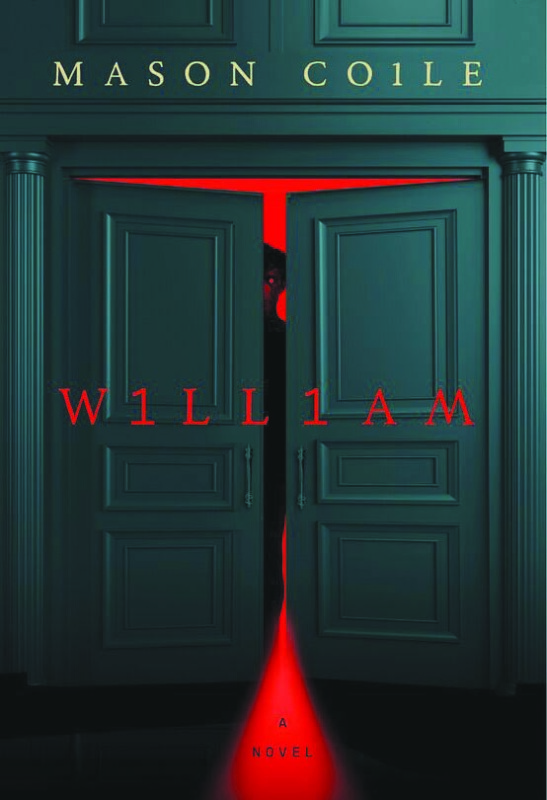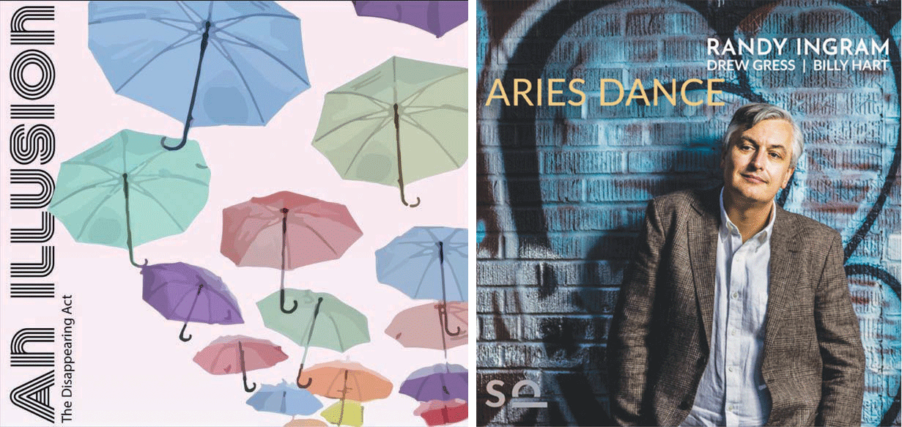Rundgren performs in Nashua
A few years ago, redemption came to fans of Todd Rundgren when he was inducted into the Rock and Roll Hall of Fame. However, it didn’t culminate years of Rundgren calling “Hello, It’s Me” to the Rock Hall — far from it. He didn’t seek the accolade, and bowed out of the induction ceremony due to a show on the same night, four hours away in Cincinnati.
To call him an iconoclast is an understatement. Rundgren has charted his own course from early in his career. He became a producer when most people barely knew what that was, because he realized the guy his label hired to supervise the first album of his band The Nazz was a bean counter who either didn’t care about their album’s sound or couldn’t bring it off.
One of his first assignments was The Band’s Stage Fright album. He went on to produce Grand Funk, Hall & Oates, XTC and many others. Music became a side hustle for Rundgren as a result, as his main source of income was so lucrative. His take from Meatloaf’s 1978 LP Bat Out of Hell bought him a house in Hawaii.
That said, he’s made a lot of records over the years, and some of them have produced hits like “Bang On the Drum” and “Can We Still Be Friends?” The difference is he does them to please himself, not the critics or label executives.
“I’ve essentially cultivated an audience that helps me survive in the music business,” Rundgren said from his home in Kaua’i. “I’ve never had the expectations that I should be recognized, I do it for my own purposes. I’m grateful to have an audience for it, but I never had the expectation that it’s going to be hugely successful.”
Younger listeners bored with mainstream pop have lately found albums like 1972’s A Wizard, A True Star, and Nearly Human, a 1989 record that was his last with a charting single. For Rundgren, seeing these new fans at shows is equally gratifying and bewildering. “They’re coming at it more from the place I came to it from, which is I’m making a historical document,” he said. “It’ll be there long after I’m gone.”
Rundgren is less sanguine about contemporary music. “The most successful so-called musical artists today are pole dancers,” he observed. “They don’t intend to remain in music, they all want to eventually have acting careers … now you get famous for being famous. In that sense there is a lot of what’s called music that really doesn’t qualify, at least to me.”
He recently re-launched a service begun in the 1990s as PatroNet to help independent artists.
The newly named Global Nation’s goal “is to give creative people a maximum amount of freedom,” he said. “First of all, to create what they want, and have it appear exactly as they’ve created it … we’ve standardized the display to be essentially a virtual HDTV. So it looks the same no matter what you play it on — and you can play it on HDTV.”
Critically, the service helps creators keep most of the money.
“Instead of you getting the short end of the stick after Apple Store takes theirs and the publisher takes theirs and you wind up with 30 percent of the cost of the subscription, we want that to be closer to 80 percent,” he said, adding the Global Nation is presently in soft launch mode. “We are on the air; we’re just not aggressively pushing it.”
At Rundgren’s upcoming Me/We Tour stop in Nashua on Oct. 16, he’ll draw from a deep catalog, while saving his biggest hits like “I Saw the Light,” “Hello It’s Me” and “The Last Ride” for the encore. Fans of deep cuts like “I Think You Know” and “Woman’s World” will be happy with the setlist.
“It’s a fixed set list so people can have the confidence that if there’s a song they want to hear that I played before, they will hear it,” he said. “If they need to know beforehand, they can probably look up the set list and find out.”
Todd Rundgren Me/We
When: Wednesday, Oct. 16, 7:30 p.m.
Where: Nashua Center for the Arts, 201 Main St., Nashua
Tickets: $59 and up at etix.com
Featured photo: Todd Rundgren. Photo by Rex Rundgren.






